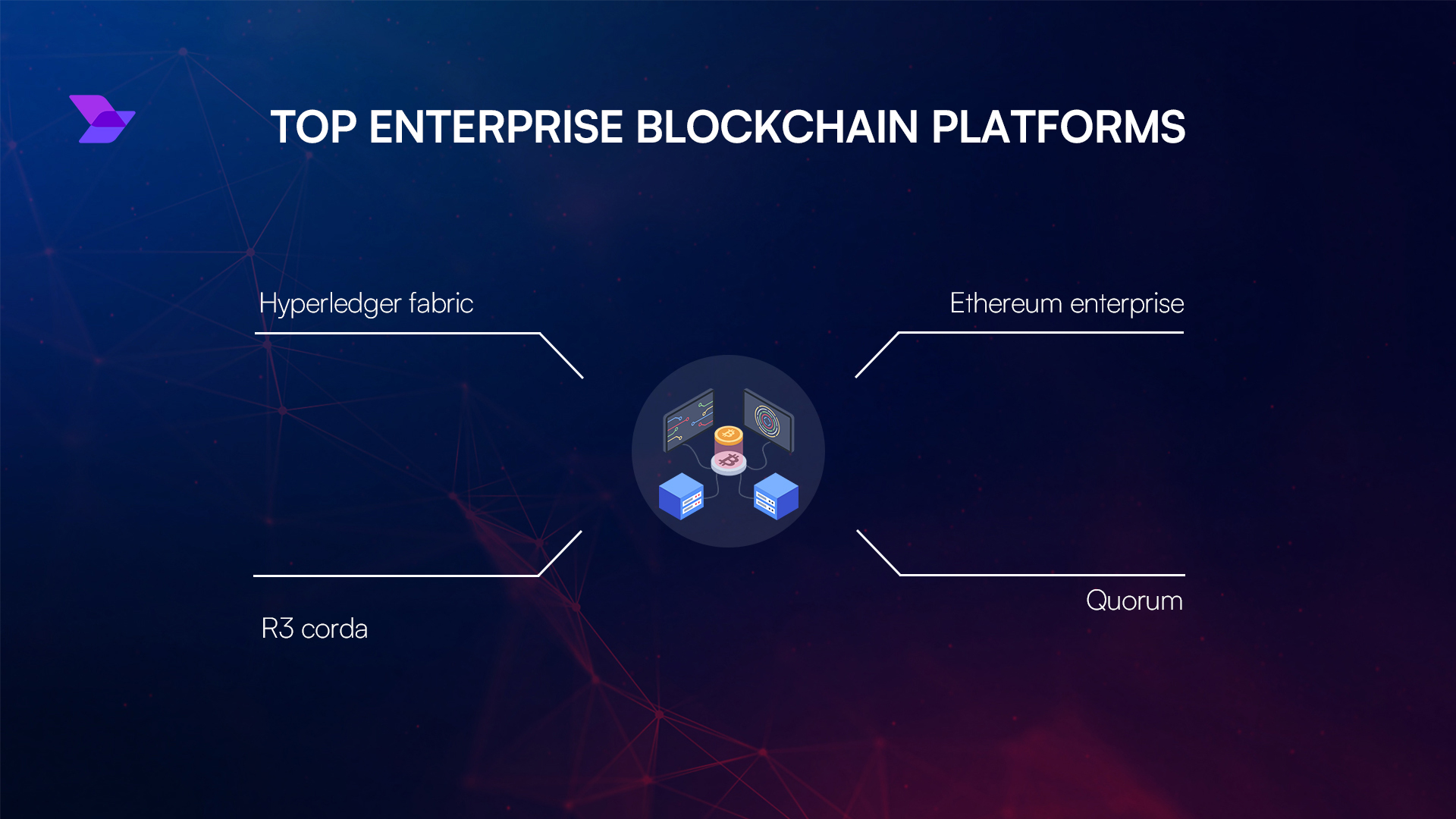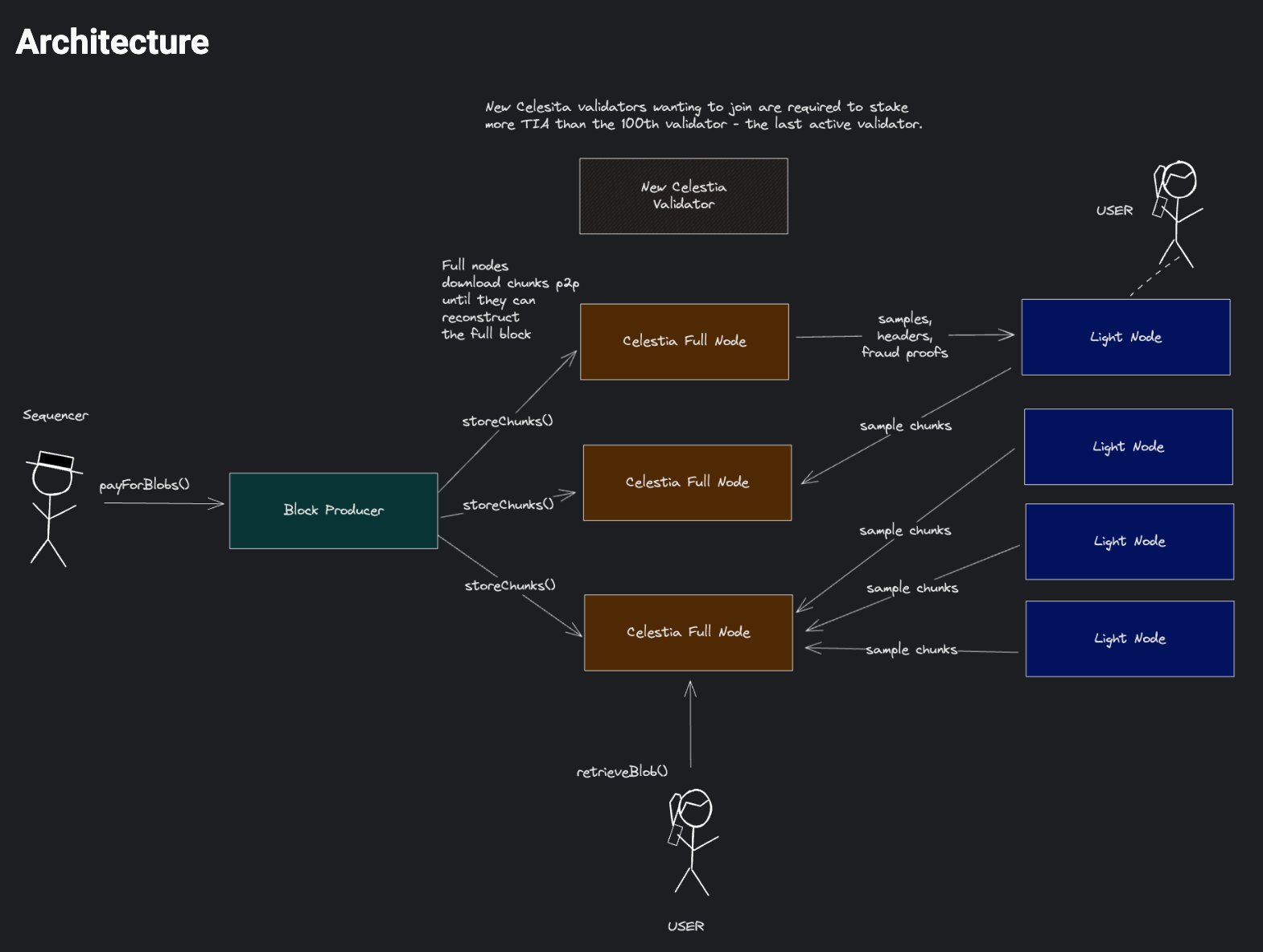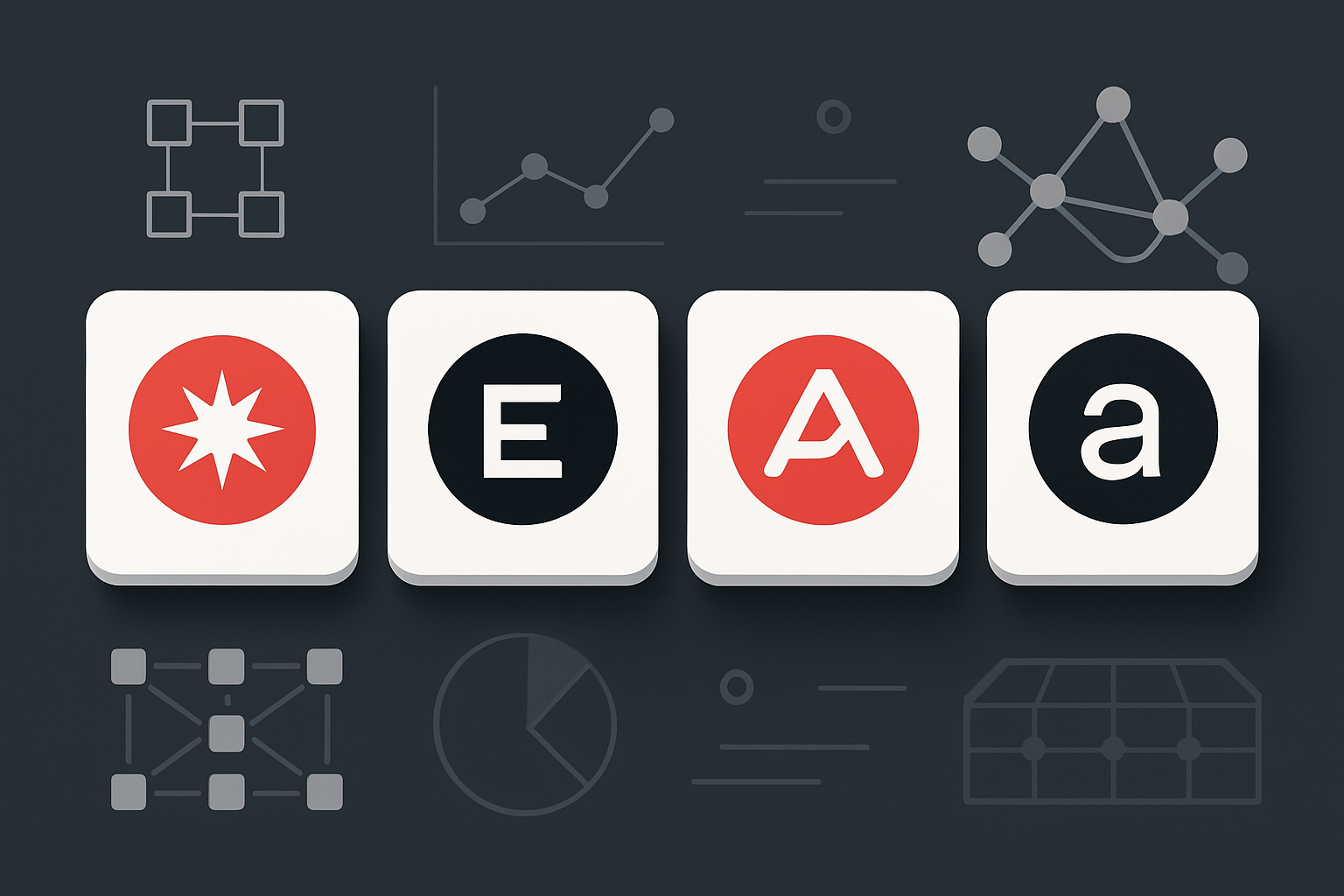
In the evolving landscape of decentralized technology, data availability layers (DALs) have emerged as a linchpin for both blockchain integrity and the reliability of artificial intelligence systems. As modular architectures gain traction, the need to safeguard data from decay and to ensure transparency in AI models is more urgent than ever. The convergence of blockchain storage techniques with AI data pipelines is reshaping how we think about data permanence, auditability, and trust in digital systems.

Understanding Data Decay: The Hidden Threat to Blockchain and AI
Data decay refers to the gradual loss of data quality over time due to corruption, obsolescence, or outright loss. In decentralized environments, where there is no central authority to monitor or refresh data stores, this risk can be profound. For AI models that rely on historical datasets for training and inference, even minor lapses in data integrity can lead to cascading errors or model drift.
Diving into recent research from MDPI and IEEE Xplore, we see that innovative approaches like zero-knowledge accumulators paired with local repair coding are raising the bar for both efficiency and security in blockchain-based storage. These advances allow for robust replication strategies that not only prevent single points of failure but also enable local repairs without exposing sensitive information – a critical feature for privacy-conscious applications.
Why Data Availability Layers Are Essential for Modern Blockchains
The introduction of modular data availability layers has fundamentally changed how blockchains handle scalability and reliability. By decoupling transaction execution from data storage, DALs make it possible for rollups and other Layer 2 solutions to offload massive amounts of state data onto specialized chains designed solely for availability. This architecture streamlines consensus processes while ensuring that all necessary transactional data remains accessible for network participants.
This separation is not just a technical convenience; it’s a strategic necessity. As highlighted in Symbolic Capital’s deep dive on DA layers, rollups leveraging DALs can confidently offer high throughput without sacrificing security or decentralization. This approach also supports compliance efforts by making it easier to document exactly what data was used when – an essential requirement under regulations like GDPR or CCPA.
AI Model Transparency: From Buzzword to Baseline
The call for AI model transparency is no longer just theoretical; it’s now an operational baseline in regulated industries and mission-critical applications. Stakeholders demand clear documentation about which datasets were used during model training, how those datasets were sourced, cleaned, and updated over time, and whether any biases may have crept into the pipeline.
This is where DALs truly shine. By maintaining immutable records of data provenance, they empower auditors and engineers alike to trace every input back through its lifecycle. Tools like MIT’s Data Provenance Explorer exemplify this shift toward traceability by enabling practitioners to vet dataset suitability before deploying models into production environments. Meanwhile, frameworks such as Atlas are setting new standards by integrating open specifications with trusted hardware attestation – ensuring end-to-end lineage tracking while preserving confidentiality where needed.
With these capabilities, data availability layers transform how enterprises and decentralized networks approach both compliance and risk management. Instead of opaque, black-box AI systems, organizations can now provide verifiable audit trails for every model decision. This not only satisfies regulatory scrutiny but also builds public trust in automated systems – a factor that will be decisive as AI becomes further entrenched in sectors like finance, healthcare, and logistics.
Another critical advantage is the ability to combat data permanence challenges unique to blockchain and AI intersections. Unlike traditional storage, where data can silently degrade or disappear, DALs utilize cryptographic proofs and distributed consensus to guarantee that information remains both intact and accessible over time. This is especially vital for long-lived machine learning models or systems requiring historical data retention for years or even decades.
Modular DA in Practice: Real-World Applications and Emerging Standards
The practical impact of modular DA solutions is already visible across multiple domains. For example, projects leveraging permanent blockchain storage such as IrYs are enabling AI developers to anchor training data on-chain with assurance of future retrievability. In logistics and supply chain management, blockchain-powered DALs are being used to create transparent records of goods movement – ensuring that every sensor input or transaction remains available for downstream analytics and dispute resolution.
What sets modern DA layers apart is their adaptability. Whether supporting high-throughput rollups or privacy-centric applications, new schemes like those described in MDPI’s latest research combine zero-knowledge proofs with local repair coding. This means data can be repaired locally without revealing its contents – a breakthrough for sensitive AI workloads dealing with proprietary or regulated information.
Top Use Cases for Data Availability Layers in AI Transparency
-

1. Blockchain-Based Data Provenance Tracking: Platforms like Atlas use data availability layers to create verifiable records of data lineage, ensuring every dataset used in AI models is traceable and tamper-proof. This enhances transparency and accountability throughout the AI lifecycle.
-

2. Zero-Knowledge Proofs for Privacy-Preserving Audits: Advanced data availability schemes, such as those combining zero-knowledge accumulators with local repair coding (MDPI, 2024), enable organizations to prove data integrity and availability without exposing sensitive information—crucial for AI compliance and trust.
-

3. Decentralized Data Integrity Verification: Solutions like Ethereum’s Danksharding and Celestia provide decentralized data availability layers that allow AI models to access and verify the integrity of training data, reducing the risk of data decay and manipulation.
-

4. Transparent AI Model Supply Chains: Tools such as the Data Provenance Explorer from MIT help AI practitioners identify and validate datasets, leveraging data availability layers to document data sources, collection methods, and preprocessing steps—critical for reducing bias and improving model transparency.
-

5. Immutable Audit Trails for Regulatory Compliance: By leveraging blockchain-based data availability, organizations can maintain immutable audit logs that demonstrate compliance with regulations like GDPR and CCPA, providing regulators and stakeholders with transparent access to data usage histories.
Auditable AI models on blockchain are no longer a theoretical ideal; they’re quickly becoming the benchmark for responsible deployment. As the IEEE Xplore review notes, decentralized storage eliminates reliance on single authorities while ensuring fairness and traceability through collective validation. The result is an ecosystem where every model artifact – from raw dataset to final prediction – can be independently verified against immutable records.
Challenges Ahead: Privacy, Scalability, and Interoperability
No discussion of DALs would be complete without acknowledging the hurdles that remain. The very attributes that make blockchain-based DA attractive – immutability and decentralization – also complicate compliance with privacy frameworks like GDPR or CCPA. As ResearchGate’s analysis points out, balancing the need for permanent audit trails with requirements for data erasure or modification will demand ongoing innovation in cryptographic primitives and access control mechanisms.
Scalability is another frontier. As more data-intensive applications migrate onto modular blockchains, the pressure mounts on DALs to deliver both throughput and cost efficiency at scale. Here, advances in local repair coding and zero-knowledge accumulators offer promising pathways forward by reducing network congestion while maintaining security guarantees.
The final piece is interoperability. With multiple chains now offering specialized DA solutions tailored to different ecosystems (from gaming to DeFi), cross-chain standards will be crucial for seamless data sharing without compromising integrity or confidentiality.
Strategic Outlook: Building Trustworthy Digital Infrastructure
The market momentum behind data availability layers, especially in tandem with auditable AI models on blockchain, signals a broader shift toward verifiable digital infrastructure. For stakeholders navigating this landscape – whether as builders or regulators – understanding the nuances of modular DA will be key to unlocking new efficiencies while safeguarding against decay and opacity.






